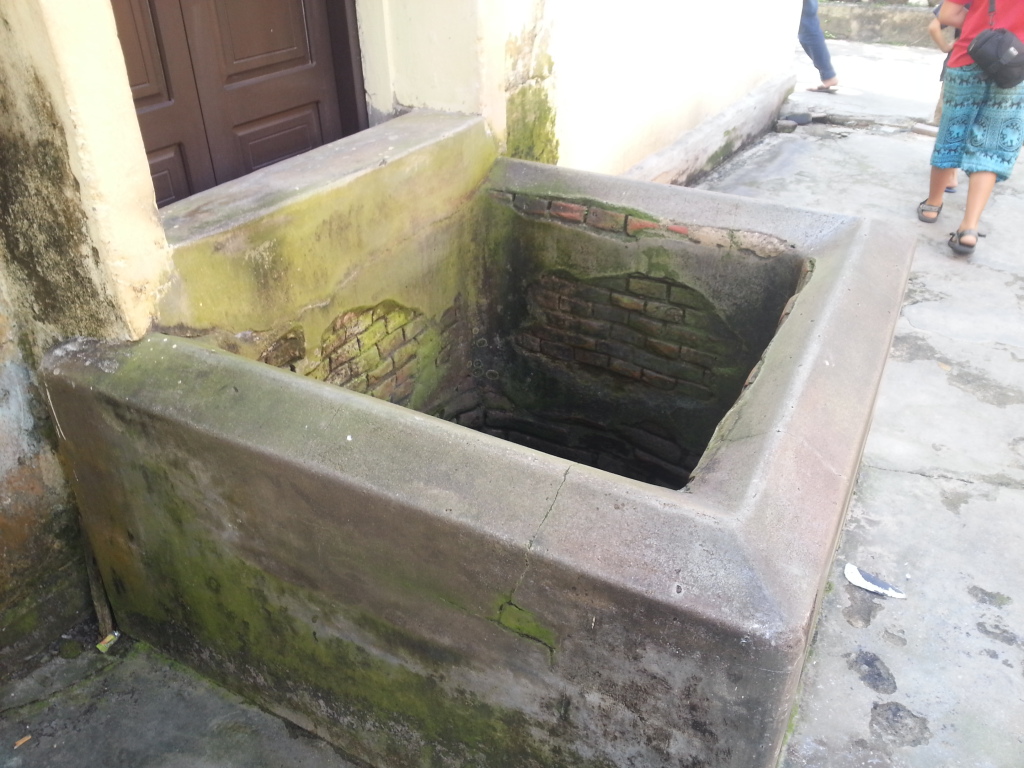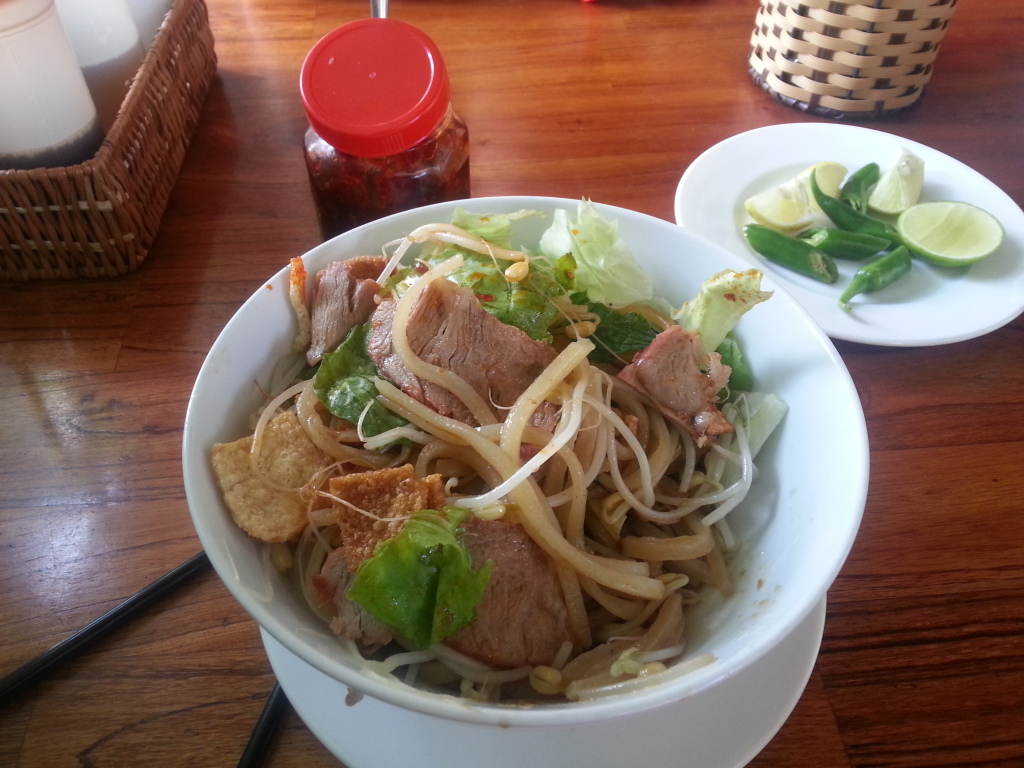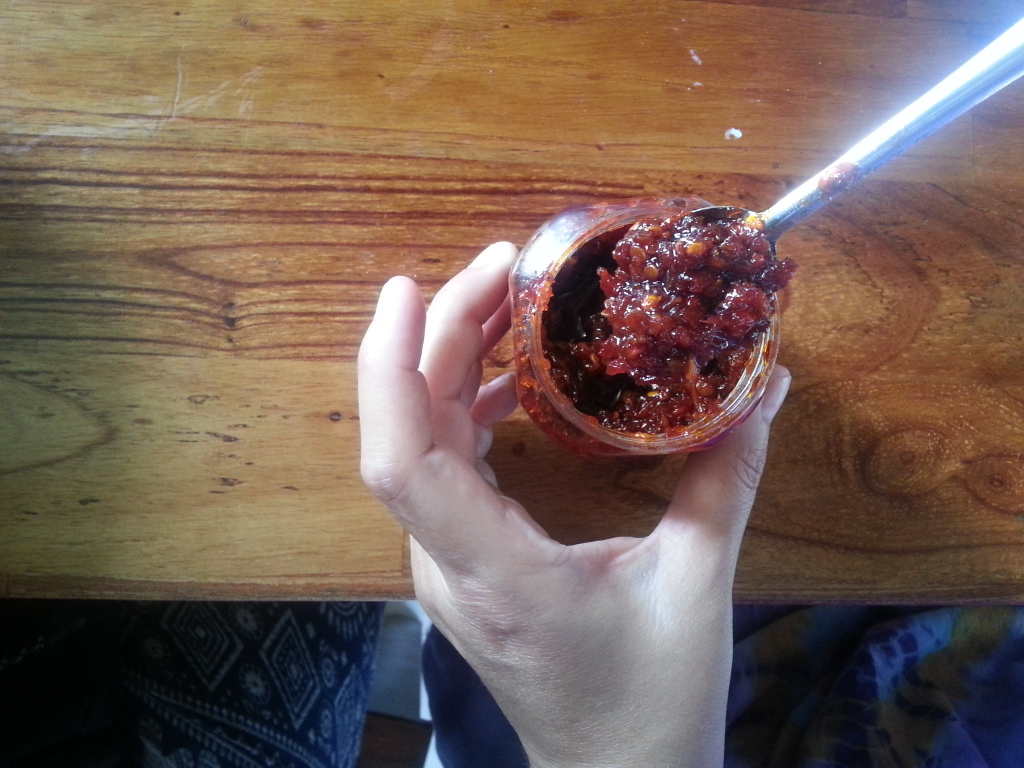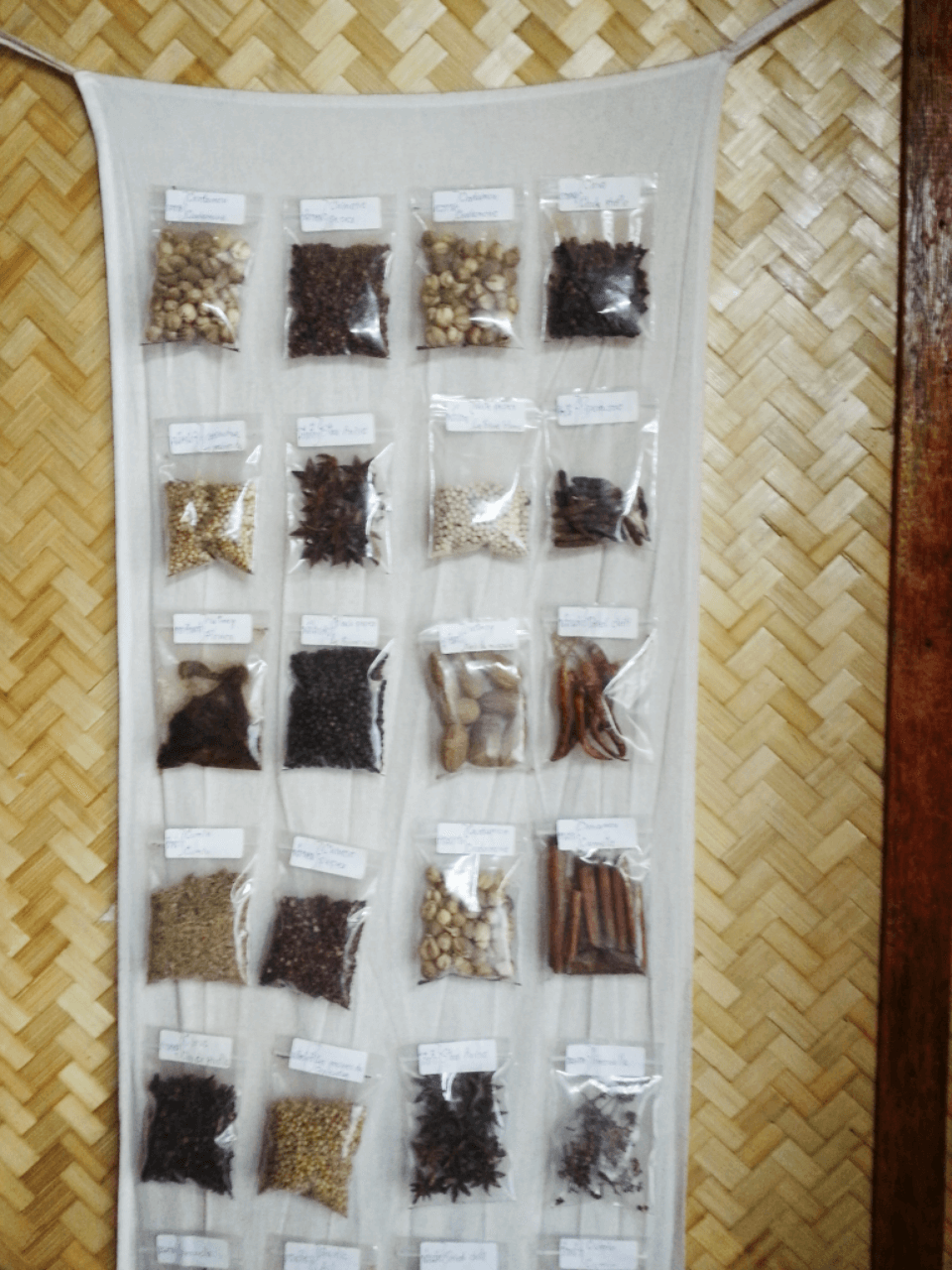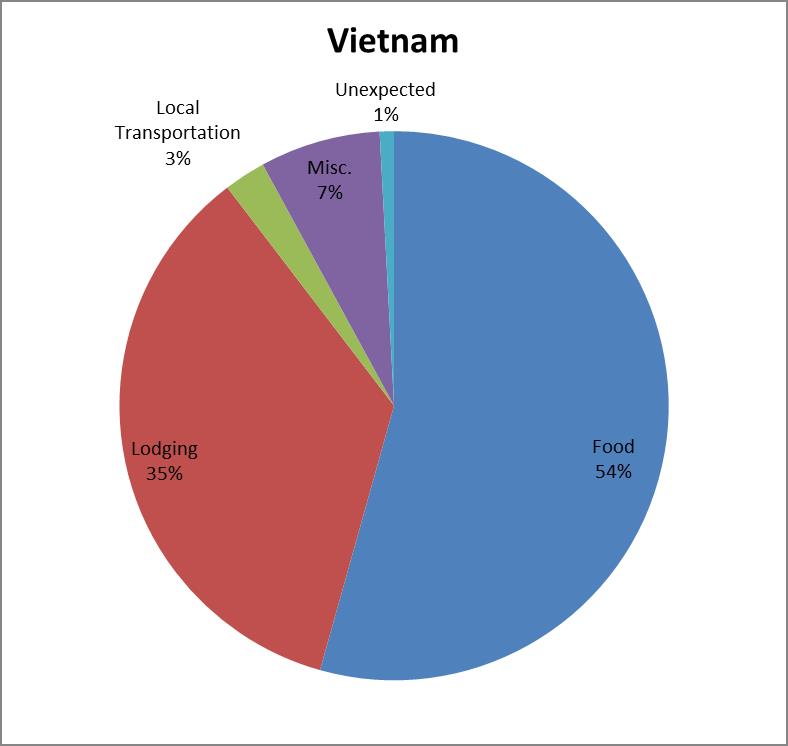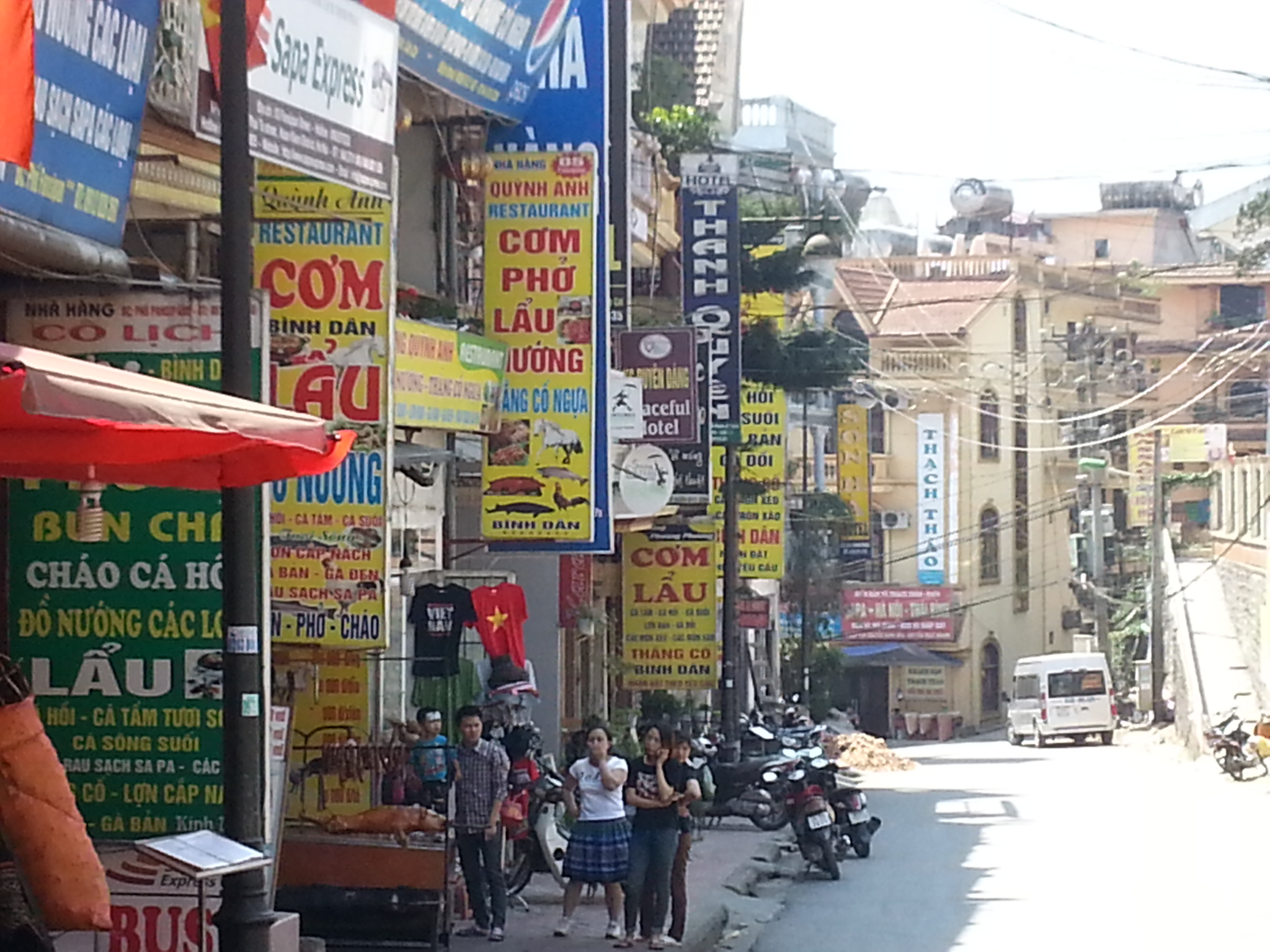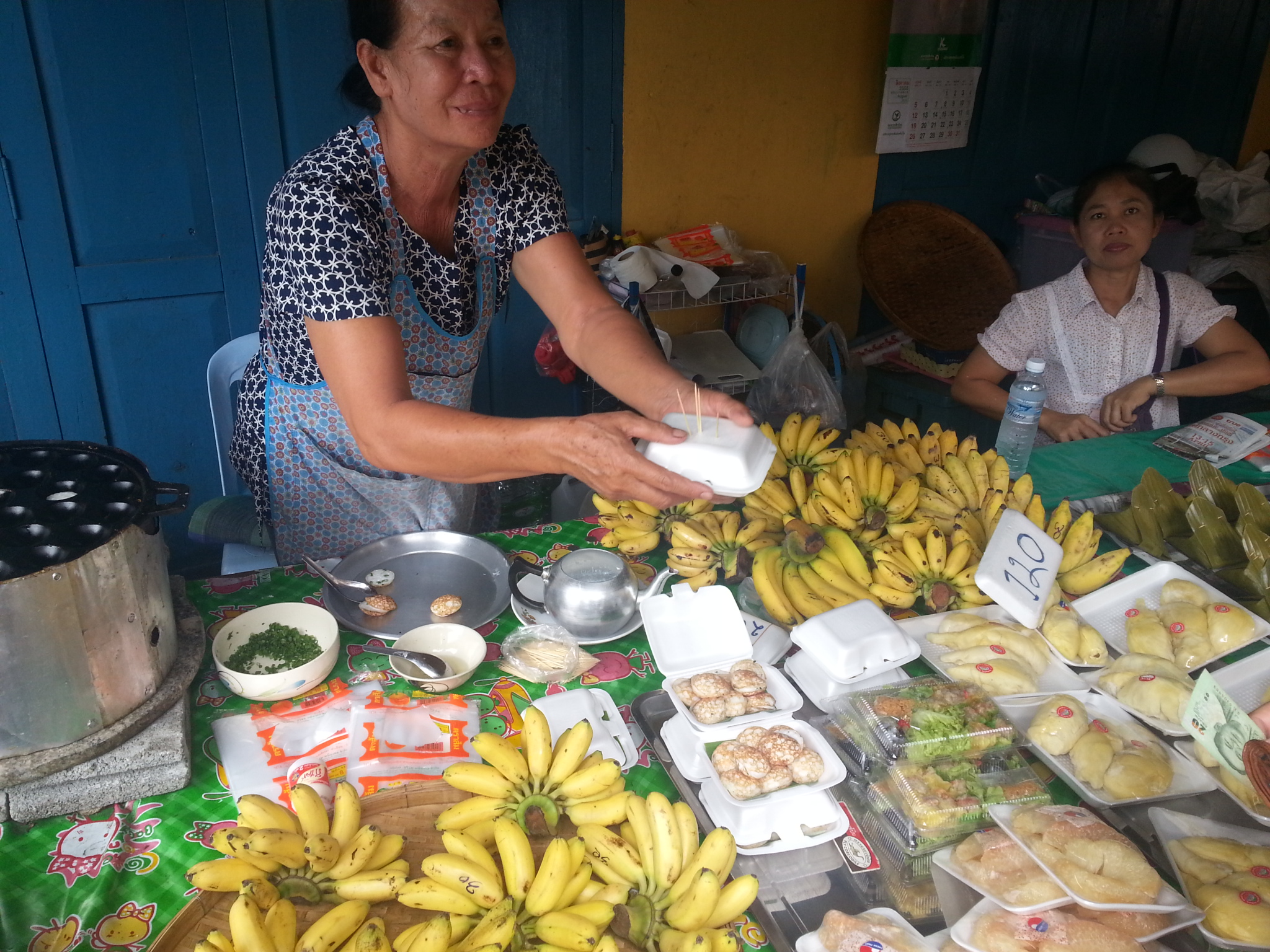And so they have a mysterious well and a folk legend about it says that it is some kind of fountain of youth and this and that. Big deal.
There are those kinds of stories in many parts of the world. What’s so special?
Yesterday by pure chance during a walk in town while looking for a restaurant (of course), in a small alley we stumbled upon this famous well. We’ve read that its waters are supposed to have curing properties and that it has some sort of a “guardian” in the same age as the well (ten thousand and something years old, if you don’t mind) and that there are fairies surrounding it.
Indeed the granny who stood on the porch near the entrance to the alley and directed us to the well looked very old but not ten thousand years old. Just old. And all the legends, well, it’s not a big deal to be considered a curing well and a fountain of youth when your wells next door produce undrinkable water. Just a show-off well. It’s beautiful, it’s folklore but it’s not really mysterious.
And there is this thing about Hoi An that is considered to be the best preserved city after all the wars that this beautiful land has gone through, including the “Vietnam War” that is called “The American War” by the Vietnamese because it’s all a matter of perspective in life.
Vietnamese people are proud, strong and stubborn. Throughout history they beat off every conqueror that came here, and there were many of them. Chinese and Japanese, and French and Americans. They never surrendered to anyone those tough Vietnamese. So a town that is nearly untouched by all these calamities here, and it has an ancient quarter and ancient alleys and buildings of all kinds and from all periods. Yes, it’s beautiful and it’s interesting and perhaps even mysterious.
But the most mysterious thing here is the noodles.
There is this special noodles dish with noodles unlike any other noodles here in SEA. They are produced only here in Hoi An and nowhere else in Vietnam, in Asia or in the world. Think about it. This is amazing!
Today with all the globalization and the opening of borders and the free media and how the world has evolved, do you know another food that is only available in one specific not very big town in one specific not very big country ? And yet there is another mystery.
Are you sitting? Get that: these noodles are produced by one single family. Only they have the secret recipe of Cao Lau (that’s the name of these noodles) and they refuse to disclose it.
Now, let’s not forget, Vietnam is indeed very touristy but it’s still a communist country. People who are not party members are still disappearing once in a while.
Local authorities are concerned that the secret recipe of Cao Lau will disappear from the world if this family is gone and still they refuse to give it away and continue to be the only vendor that supplies these noodles to Hoi An, noodles that are served here in every local restaurant. From the market restaurants serving excellent Cao Lau for 20,000 dong (1 US$), to a variety of restaurants in the streets, more or less popular, (there are lots of restaurants in Hoi An) that serve the Cao Lau with all sorts of dressings and in the price range of between 30,000 to 60,000 dong.
One family holds an entire culinary industry, dominates the production of specialty noodle dish in a town. It is no less than a mystery in my eyes. Culinary as an inherent part of history. Oh I love it.
And Cao Lau is indeed an amazing dish.
The noodles themselves are rice noodles but are not like any other noodles you have ever tasted.
They are thick. They put up a fight when being chewed. They have color and texture of their own and they are just very tasty.
There is a legend that says the family’s secret ingredient in the recipe is… plain ash. Well, they really burn a lot of stuff here. Maybe it is really ash, who knows ..?
What’s else aside from noodles in this excellent dish?
A lot of sprouts and greens of course – lettuce, mint, basil, cilantro and other greens that we have not always been able to identify.
The dressing changes. Usually it is brown and meaty. Sometimes thicker than other times.
We ate Cao Lau dressed with soup which I think was simply a spoon or two taken from the Pho pot, which is another popular serving but this one is not unique to Hoi An and can be found anywhere you go in Vietnam.
We also ate Cao Lau in restaurants of the higher scale of “popular” and it was served with a thick, brown sauce, not soup at all but more like the American turkey gravy. Very tasty.
And there’s more – a kind of crunchy gorgeous croutons, probably also made of rice flour and slices of meat, usually pork or chicken.
I have my Cao Lau vegetarian. There are places where I put tofu slices or a piece of a pie like omelet, or both, or just ask to get the dish without meat and always ready to put another plate of greens on the table.
Delicious, satisfying and mysterious, gluten-free (as far as we know. We know that the noodles are made of rice flour, but as already been said, no one really knows what else is in there …) dish and you can eat it in vegetarian version. Just keep in mind that without the sauce it is not tasty, and the sauce I think contains meat at least to some degree. And if it is served with tofu or eggs it is obviously not vegan, also because they fry the tofu usually with beaten eggs.

